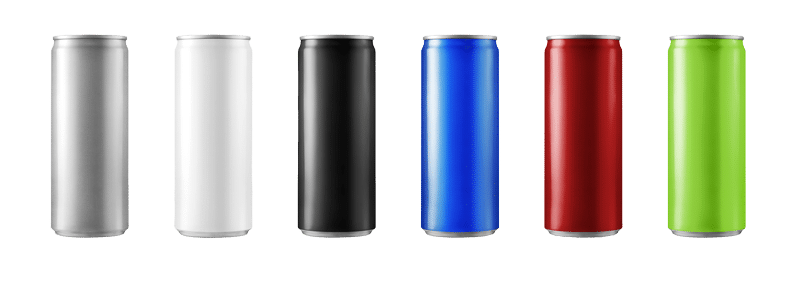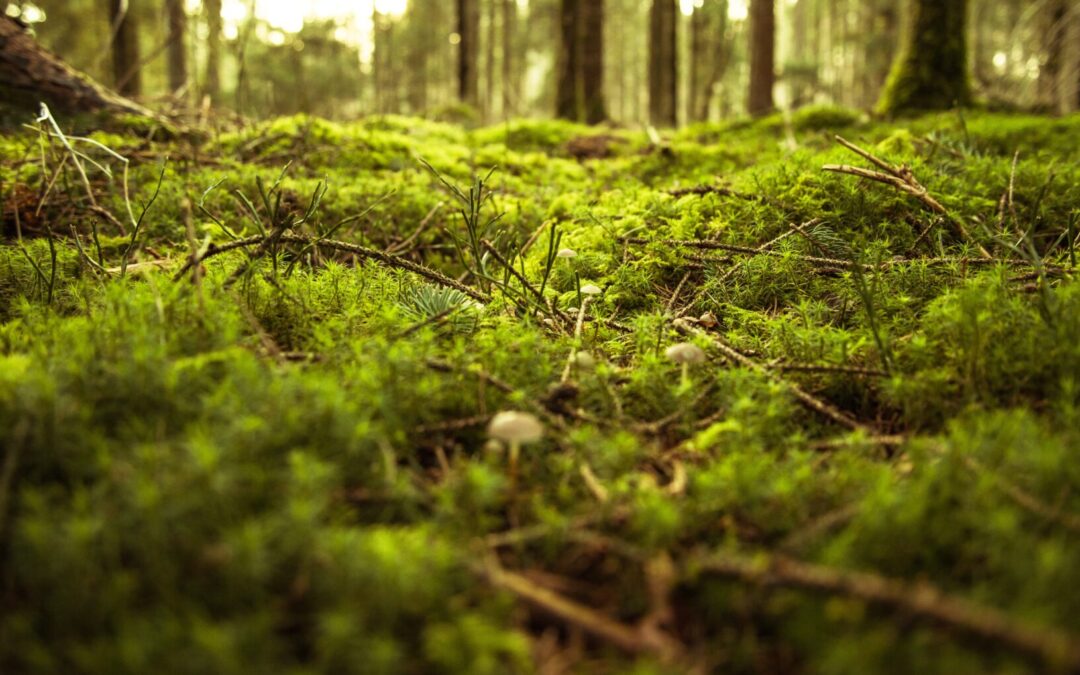Chaga mushrooms (Inonotus obliquus) have been used for medicinal, ritual and recreational purposes for centuries all over the Northern hemisphere, from Russia to modern-day Canada. Chaga was even used to predict the future.
Chaga use in Russia and Siberia
In Russia and western Siberia, the Khanty people have used Chaga as part of their natural medicine chest at least since the 13th century. Apart from medicinal use to fight infections, shamans also steeped burned Chaga pieces in water, which then was used for ritual cleansing ceremonies.
Chaga use in North American indigenous culture
In North America, the Cree, the Ojibway, the Denesuliné peoples of Northern Saskatchewan and the Gitksan of British Columbia use Chaga to treat many ailments, ranging from rheumatic and joint pain to treating infections, tooth ache and even rheumatic pain.
Cree healers call Chaga Poashkan or Wiskakecakomikih. One origin story for Chaga is that the Wisakecak, a mythological being, threw a scab mistaken for a piece of dried meat against a birch tree. According to their mythology, his was the first Chaga mushroom.
Because Chaga produces a sweet-smelling incense, it was also used in pipe ceremonies.
Using Chaga to predict the future
The Denesuliné peoples of Northern Saskatchewan used two long lines of powdered Chaga to answer questions about the future. Both lines were lit at opposite sides, whichever side finished burning first would show which event would become true. This is known to the Dene people as “etsen dek”, “it smells when it’s burning.”
Chaga as a coffee substitute
One of the lesser-known uses of Chaga during World War 2 happened in Finland, where people used it as a coffee substitute, to benefit from its energizing properties. In 1940s Finland, coffee and sugar were one of the first casualties of war. Though a wide range of coffee alternatives was available, Chaga was especially popular.
Chaga in literature
In Aleksandr Solzhenitsyn’s novel Cancer Ward, Chaga is mentioned as a medical treatment to fight cancer. In a chapter called “The Root From Issyk-Kul,” the main character’s doctor discovers a vial of dark fluid in his bedside table, prompting him to explain that it’s an extract of a root used by natural healers in Russia to cure cancer. This root is Chaga.
Medicinal use of Chaga today
Today, Chaga is being researched in countries including China, Korea, Japan and Russia for its reported ability to reduce cholesterol, improve heart health, and for its antibacterial, anti-inflammatory, as well as its supposed anti-tumour effects.
How we are using Chaga
We use responsibly foraged, and Health Canada certified, Chaga as the base for our delicious Lively Chaga Black, a brewed botanical tonic.
Because we start with pure Chaga, which is then carefully extracted, we maintain all the benefits this remarkable mushroom has to offer in our drinks. Delicious, and uplifting, a great combination.
What’s your Chaga story? Let us know in the comments below!


